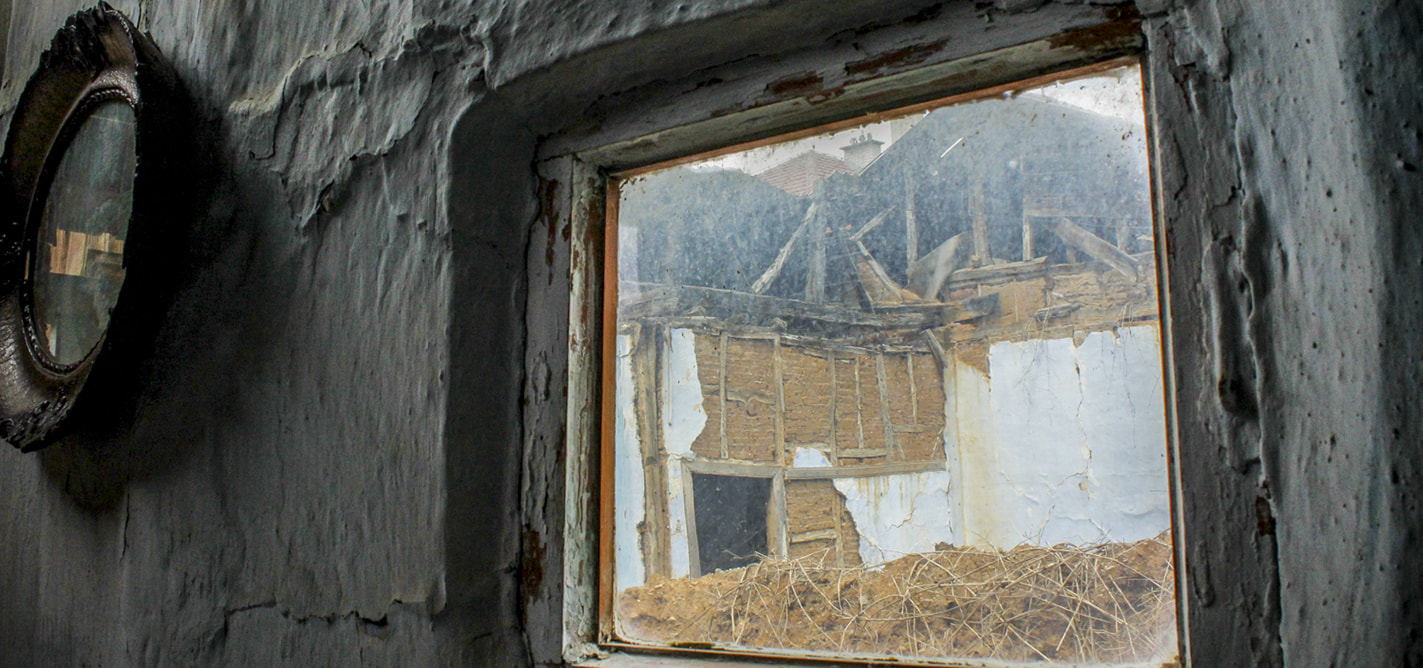
Why should we protect our cultural heritage?
Memory, identity and economic development as key pillars.
|14.08.2017
|
"Old buildings are not valuable just because they are old. Their value exists because of the connection that they have with the people around them.”
“These buildings pass on their elements to the respective personal identities of each individual, and give them more importance."
Professor Florina Jerliu
Ngadhnjim Avdyli
Ngadhnjim Avdyli is a former K2.0 staff journalist, covering mainly politics, governance and social justice issues. He has a degree in journalism from the University of Prishtina.
This story was originally written in Albanian.